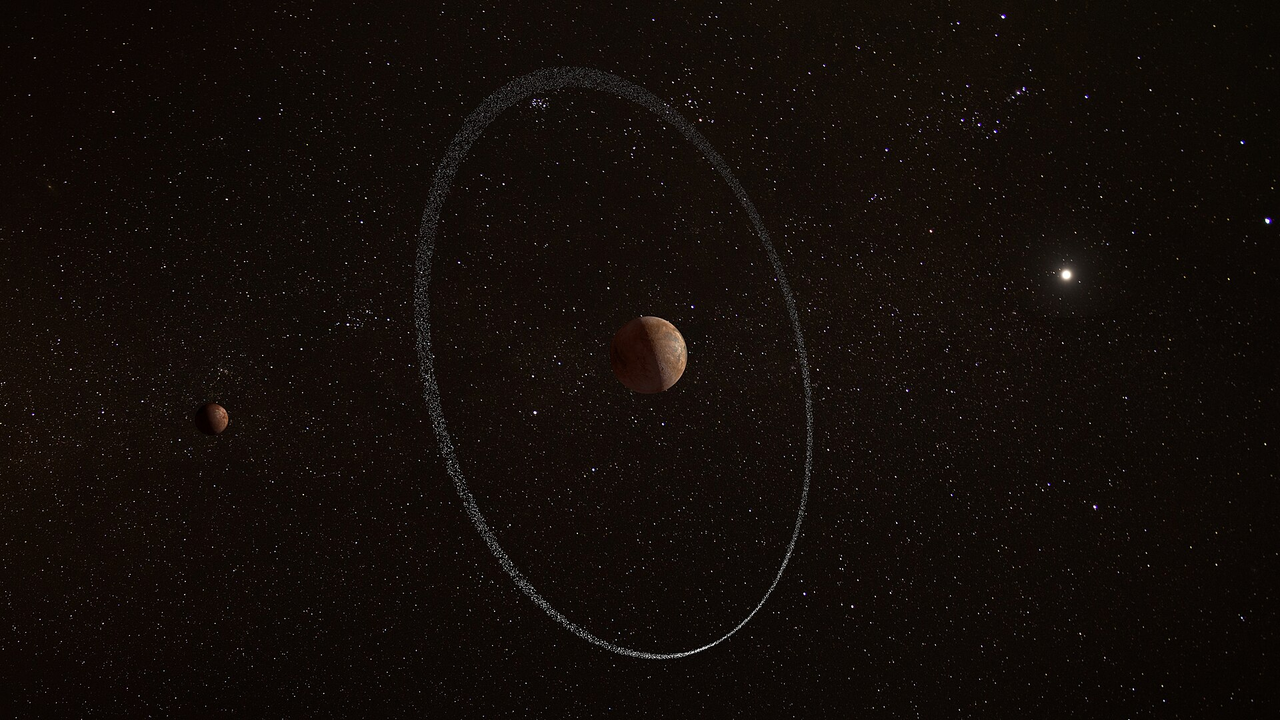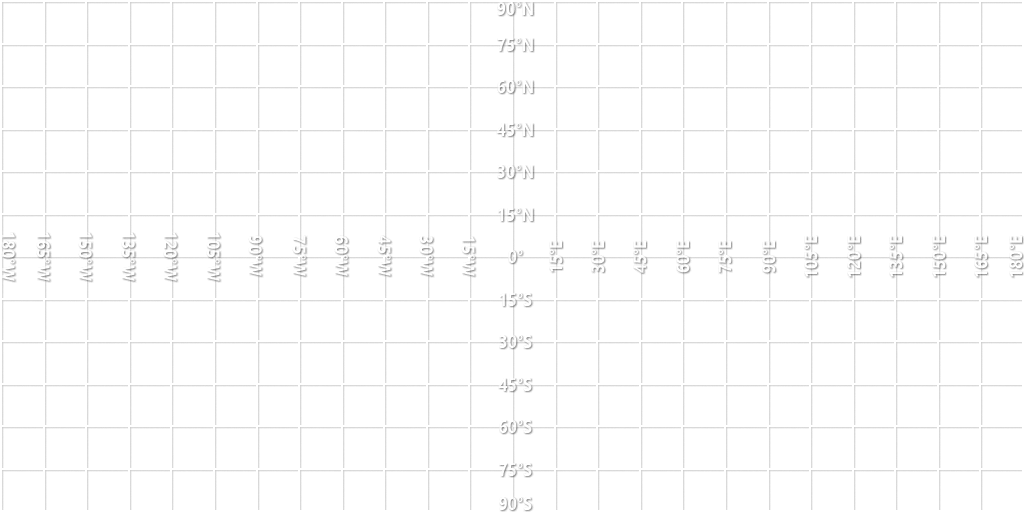
Other Name(s): Phillip, Vasily, Pheranov
Pronunciation: V - ar - kov
"thats newtonian gravity for you - deepfriedfrenchtoast"

from the Universe Sandbox 2 variant of Antarius System
inspiration: Quaoar

Class:
Frigid Airless Mini Chthonia
General Characteristics:
Earth Masses: 0.002094 mE
Earth Radius: 0.126 rE
Density per cubic meter: 5.48 g/cm^3
Average Temperature: ~59.8 k
Surface Gravity: 1.29 m/s^2
Age: 5.64 SBY
Atmosphere Characteristics:
[Atmosphere Absent]
Orbital Characteristics:
Orbital Parent(s): Arllath
Orbital Period: 1.92 SY
Semi Major Axis: 0.769 AU
Orbital Eccentricity: 0.00193
Orbital Inclination: 1.66°
Rotational Period: 22.5 SD
Obliquity: 31.0°
11th planet from Arllath, also the furthest planet. Lies beyond the orbit of Dalascust.
Varqov is the core and remains of a small gas giant, with debris on the surface and in orbit. It is unknown as to when or how it became. Not even the ancient Hypereans know. With current evidence, we can see that the planet was once active, with the patterns on the surface and canyons. The planet is dead--completely. No magnetic field, no volcanism, nada. The Hypereans claim there was a little bit of volcanism, in the form of geysers and a few lava spouts, roughly a few thousand years ago.
Lore:
Varqov, formerly known as Vasily, is the dead core of a gas giant. Varqov lies on the outskirts of the Arllathian System, in orbit around Arllath. It is the last planet (Arllath M) of the Arllathian System, with a moderately eccentric orbit. The currently popular theory of Varqov's orbit is that Varqov was shot out from the inner system, mainly due to it being/having a rocky core. The orbit was past that of Terrebios, and no past than that of Faluun. Although the planet boasts a large ring system of dust and silicates, it formed no moons. Mainly because the planet was too small, yet just large enough to achieve Hydrostatic Equilibrium.
The surface is twisted and rough, with many canyons and dried-out fjords from the long dead ocean of compressed hydrocarbons. There are also some basins where multiple canyons intersect, forming a large, hollow, deep landscape, bordered by the high cliffs. what is strange is that there are no craters. Many scientists speculate that over a very long time, the ring will slowly fall back onto the planet, though this theory is largely null, and doesn't have much evidence to back it up, but is the most popular one so let's assume that is how it's going to be. The surface also has many large and twisting mountain ranges, ranging from just a set of long and thin hills to large, tall, and snaking mountains that stretch for tens of hundreds of kilometers.
There isn't much lore for this entry, as it is just a core of a dead gas giant with a ring :/ But at least it is cool. The outer planets of Arllath are fascinating, like the binary planets of Timuclite and Tamaclite, or Dalascust with Trojan moons. Although there isn't much resource to extract from Varqov, Varqov remains an interesting planet, one to not only study but for good use, such as a large-scale "spaceport". Though it would be cool if it were like a mini city planet, that would be a badass environment, wouldn't it?
Natural Satellites:
[None]
Total Amount of Natural Satellites:
| Major: 0 | Minor: 94 |
GENERAL INFO
- Created On: Windows
- Game Version: 1.3.116.0
CHARACTERISTICS
- Radius: 805 km
- Sea Level: None
- Surface Gravity: 1.2 m/s
- Rotational Period: N/A
- Escape Velocity: 1.41 km/s
- Mass: 1.19E+22kg
Atmosphere
- No Atmosphere
EQUIRECTANGULAR MAP

2 Comments
9 Upvotes
Log in in to upvote this post.







the forbidden one ooOOoooooh
@Isosceles51